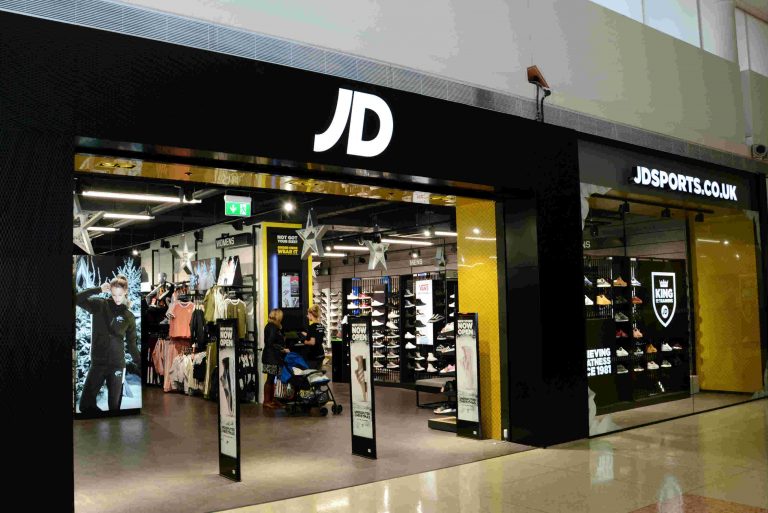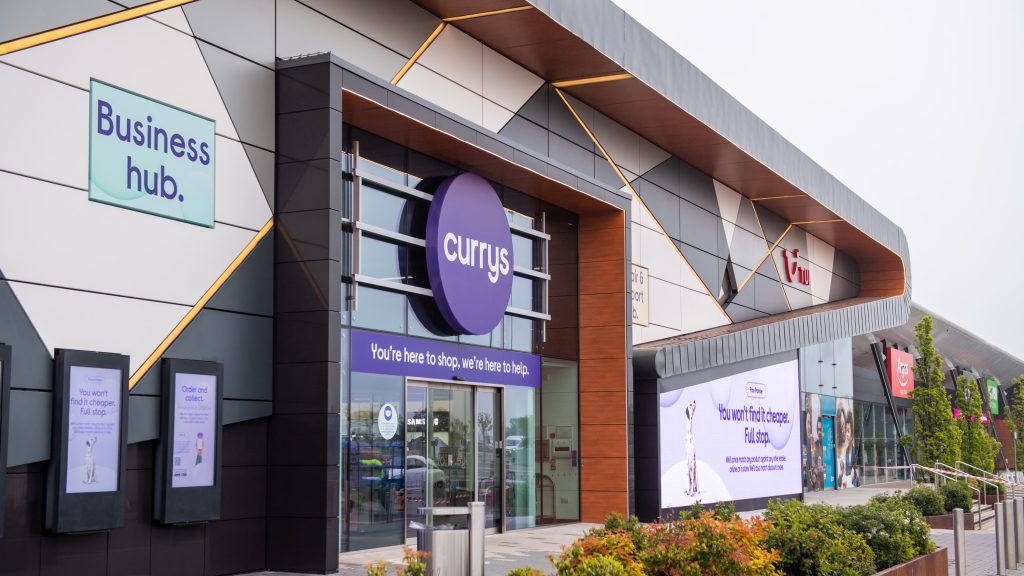International ratings agency Standard & Poor‘s has downgraded grocery giant Tesco‘s outlook to negative following a decline in profitability, it has been announced today.
Downward business trends could impair Tesco‘s business risk profile, the company warned as it reduced its outlook from stable, though maintained the supermarket‘s ‘A-/A-2‘ rating.
Suggesting the chain sells off businesses to reduce debt, S&P, which last week affirmed the UK‘s credit rating of AAA, noted increasing competition in the UK market.
A statement from the company said: “Sustained pressures from intensifying competition in Tesco‘s home market against a backdrop of weak consumer spending and lower profitability could cause us to revise downward Tesco‘s business risk profile to “strong” from what we currently assess as “excellent” under our criteria.
“Our assessment of Tesco‘s “excellent” business risk profile continues to be underpinned by its leading market share in the U.K., which is well ahead of that of its nearest competitors.”
Last month, discount grocers Aldi and Lidl achieved staggering market share growth of 26.1 per cent and 11.5 per cent respectively with both reporting all-time record shares of 2.9 per cent for the 12 weeks ending July 8th 2012.
S&P noted that market conditions are set to remain “extremely competitive” in Britain with high pricing pressure throughout the industry and also argued that the grocer‘s renewed focus on customer service could prove detrimental.
In April, Tesco revealed a six-point plan to improve the quality of service within its domestic stores following disappointing full-year results, recruiting 20,000 new staff over the next two years in the hopes of strengthening its offering.
However, S&P warned: “We believe that the commitment by Tesco management to invest in improving customer service and experience levels in its U.K. stores will also negatively affect its trading margins.
“We would likely lower the ratings if Tesco‘s current “excellent” business risk profile were to weaken due to a sustained fall in its U.K. market share, declining sales growth in its international operations, or a failure to turn around currently visible trends of declining profitability.”




























